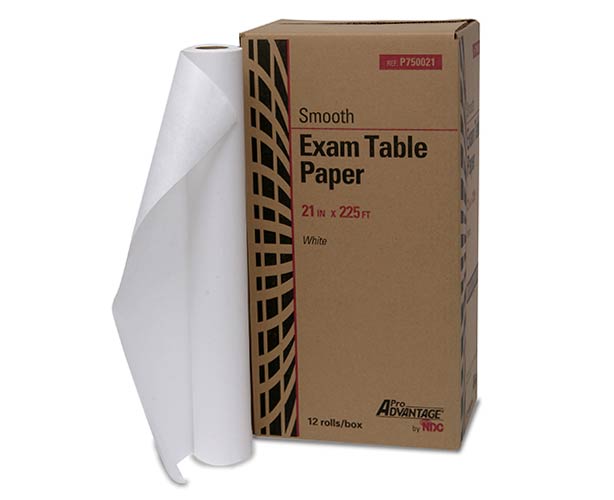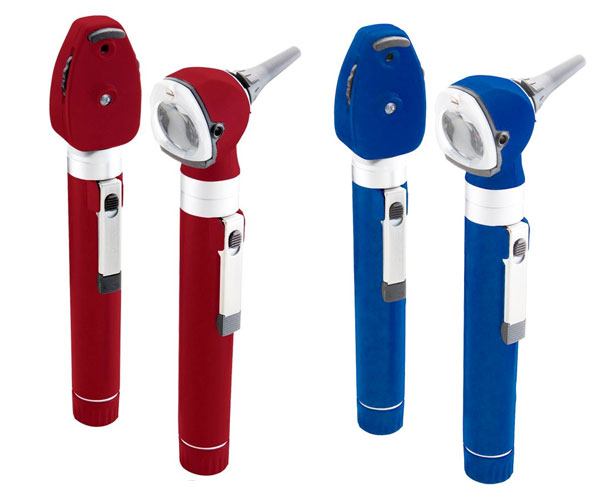
Call 1-631-753-8390 or Contact Us - We're Happy to Help!
Please choose a body region on the right for you to pin point the problem area of your body.

Shop by Condition

Shop by Brand
Item # GFD-SPEC | SKU # GFD-1240
When it comes to vision health, the right tools are essential. The Snellen Plastic Eye Chart effectively tests visual acuity from a distance of twenty feet. It features a variety of design components that include:
The Snellen Plastic Eye Chart is the standard plastic eye screening chart measuring 22" x 11”. It adheres to the long used design developed by Dutch ophthalmologist Herman Snellen in 1862. uIt is sed by ophthalmologists and vision scientists alike, as well as organizations such as the Department of Motor Vehicle (DMV). Also, the Snellen Plastic Eye Chartis excellent for home use to check eye strength on a daily basis.
Model No: 1240
For Your Information
The American Academy of Ophthalmology recommends the following timetable for eye exams. If you are at risk for a condition, your doctor will tell you if you need more frequent checks. If you develop eye redness that doesn't ease, sensitivity to light, changes in vision, or pain, see an eye doctor right away.
For Your Information
Like everything else in your body, eyes change as you get older, according to Timothy Wingert, O.D., associate director for public health at the American Optometric Association, Here, what to expect:
Protect exam tables from soiling with strong smooth finish PRO ADVANTAGE® Exam Table Paper. Color: White . Available…
More Details >
Designed with the best and finest components, our full featured 2.5 V Diagnostix Pocket Otoscope & Ophthalmoscope Set features…
More Details >
Test at a 20 ft distance with our Tech-Med Snellen Eye Test Chart. This plastic eye chart has…
More Details >
Accepted by leading authorities as a simple and accurate method for discovering congenital color blindness and red-green blindness,…
More Details >


Get $10 off your next order when you sign up to receive our email newsletter.*
Simply enter your email address below!
*Minimum order value of $100. Valid email address to qualify.







